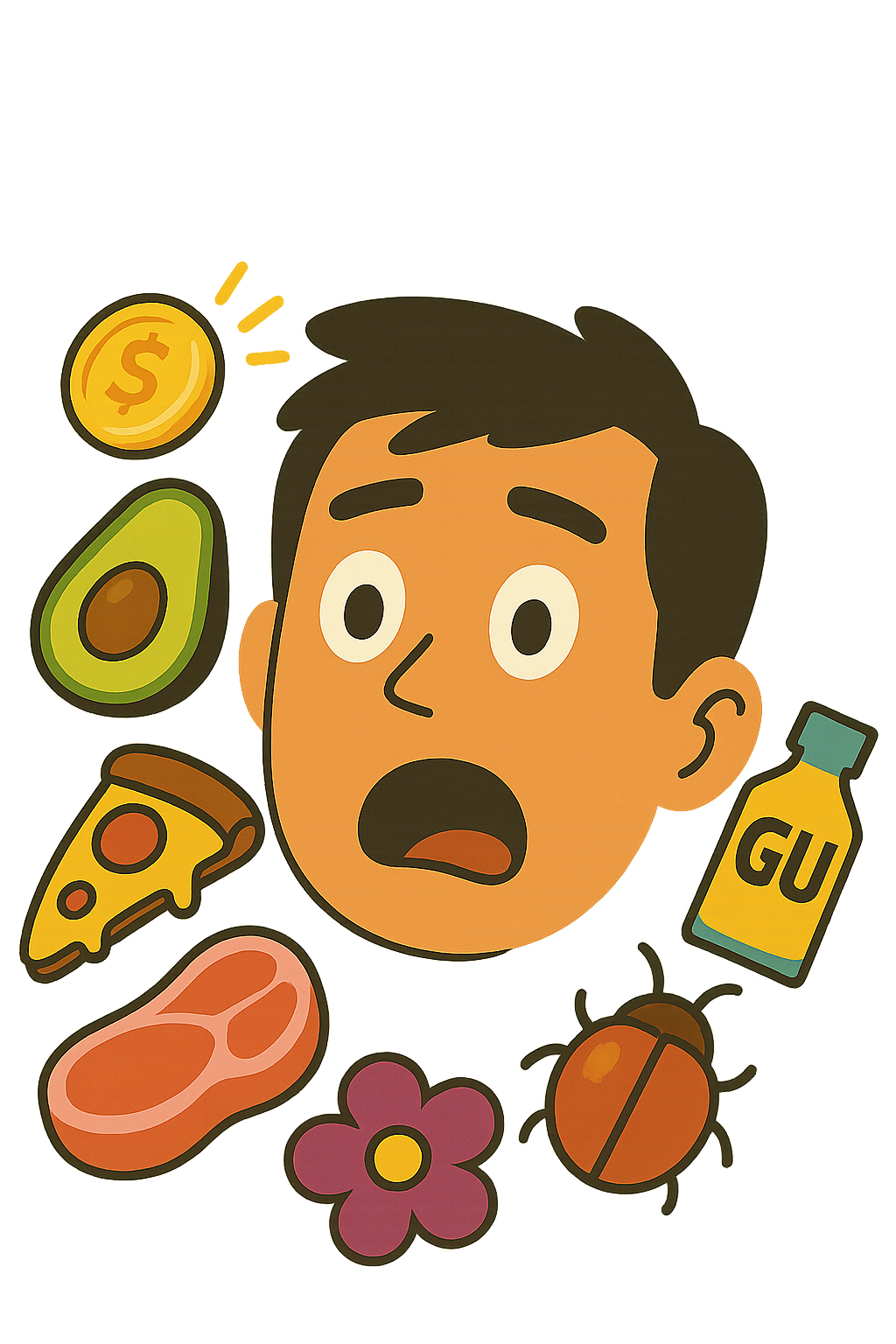Is moldy mustard safe to eat?
Quick Answer
No
Moldy mustard should not be consumed as it may contain harmful bacteria or toxins that can cause food poisoning.

What Is It?
Moldy mustard refers to mustard that has been contaminated with mold, a type of fungus. This usually occurs when the mustard has been improperly stored or left for a long period of time.
How to Tell
Signs of moldy mustard include a change in color, texture, or smell. Mold may appear as fuzzy spots of various colors, including white, green, black, or blue.
Why It Can Be Risky
Eating moldy mustard can pose several health risks.
- Food poisoning: Mold can produce toxins that cause food poisoning, with symptoms including nausea, vomiting, diarrhea, and abdominal pain.
- Allergic reactions: Some people may have an allergic reaction to mold, causing symptoms such as sneezing, itching, and rash.
- Respiratory problems: Inhaling mold spores can lead to respiratory problems, especially in people with asthma or other respiratory conditions.
Safe Method?
The safest method is to discard any mustard that shows signs of mold. Do not try to scrape off the mold and eat the rest, as the mold’s roots may have penetrated deep into the mustard.
Safe Alternatives
If you find your mustard is moldy, consider alternatives such as making your own mustard at home or buying a new jar from the store.
Storage Tips
Store mustard in a cool, dry place.’, ‘Keep the lid tightly closed when not in use.’, ‘Avoid using dirty utensils to scoop out the mustard.